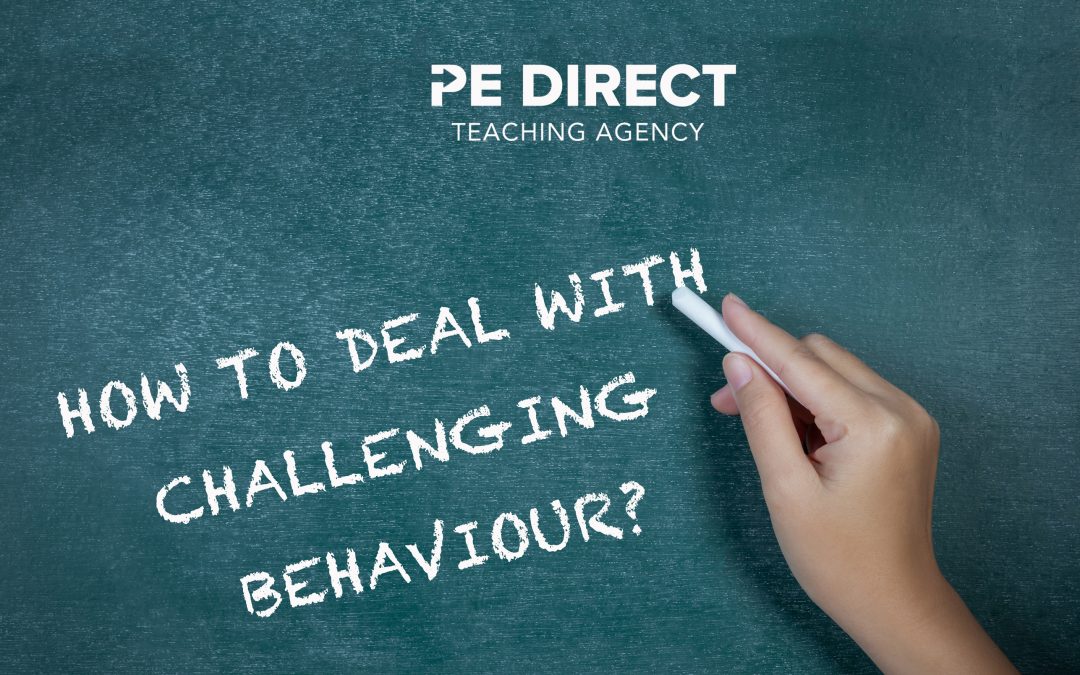1. Stay Calm
Firstly, I hope you and your families are fit and healthy during this difficult time.
I have decided to write a blog, over the coming weeks, about my experiences of dealing with challenging behaviour. As I have some time to reflect, it has given me the perfect opportunity to share some of my thoughts on the subject based on my experience as a teacher and father of two boys. With the the challenge of home-schooling children at this difficult time, this blog will be relevant to both parents and anyone who wishes to work in education.
I have come across most types of ‘challenging behaviour over my 20 years as a high school teacher, and as the Director of an ‘Alternative Learning’ Community Interest Company, AL Direct. I also regularly deliver training workshops on ‘positive behaviour management’ to ensure the staff we recruit for my specialist Teaching Agency, PE Direct, are prepared for the more challenging roles in schools. I have tried, through trial and error, pretty much every technique in dealing with challenging behaviour over the years as I certainly wasn’t taught how to deal with it on my PGCE back in the last century. Nor was I taught about where behaviour comes from?
What is Behaviour
‘All behaviour, good or bad, is communication and is a reaction to our environment.
‘Children’s emotions are driven by the need to feel protected and feel free from pain. Some children display challenging behaviour because of an emotional need. They may be finding it difficult to express their emotions appropriately. Others express challenging behaviours to communicate something. For some children they cannot always find the words they need to communicate their wishes. This leads to a child “acting out” as a way of communicating a need.’
My experiences
I wish I had known this stuff when I started as I have made some horrific mistakes in my career, usually ending up in a stand up screaming tantrum (by me) and the child losing the plot completely. It was only after many years of this trial and error approach that I realised that staying calm was a far better approach, mainly for my self-preservation as I would have been burnt out by the time I was 30 years old if I had carried on. More importantly, however, the more experienced and calm I became, the more I became able to influence the behaviour of students in my care and teach them a more appropriate way of behaving. This can only be done by staying CALM.
Why stay CALM
I found over the years that traditional discipline methods didn’t work for every child and certainly shouldn’t be used in every situation. Often, being rigid in your approach would end up in some sort of conflict with a child or even a few children and the trust being eroded. TRUST & RELATIONSHIP is king and the general rule is, when the child ‘goes up, you come do down’. This approach involves a degree of flexibility and emotional intelligence. Staying calm goes against all of our basic instincts – fight or flight – when being abused by a charming young person in your care. But by staying calm, you can formulate a strategy to deal with the behaviour and more importantly, start teaching them a more appropriate way of expressing their feelings. This can only be done by developing TRUST in your RELATIONSHIP with the child and staying CALM.
Over the coming weeks, we will look at some of the strategies you can use in order to get the best out of young people with challenging behaviour.

